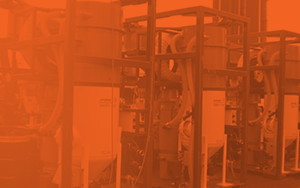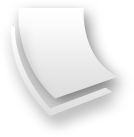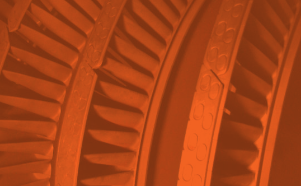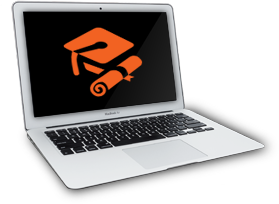Whether painting delicate surfaces like tin ceilings, or industrial surfaces such as machinery or roof decking, the quality and longevity of the paint job relies on the surface preparation before coating. On large square footage painting projects, surface prep is often the least considered step, but in reality, it’s the most crucial and plays a key role in the overall success of the paint job. Investing time and effort in this stage is essential to achieve lasting, high-quality results.
Proper surface preparation not only removes the previous layer(s) of paint and coatings from the substrate, but it also removes dirt, grease, rust, and other contaminants that can affect the adherence of paint. Further, the surfaces need to be profiled to create an anchor profile pattern within the standards of the paint manufacturer. Without addressing these issues, the paint cannot properly attach to the surface and will ultimately lead to premature failure, such as peeling and cracking.
Can You Paint Over a Smooth Surface?
When a surface looks clean and smooth, some painters may think it’s okay to paint directly over the previous layer of paint. While it may be seen as a cost-effective and time saving step, it’s actually the opposite.
Painting over a smooth surface can lead to both time-consuming and costly problems. Painting over a smooth surface causes premature coatings failures, such as chipping, peeling, and bubbling, especially when exposed to environmental factors such as moisture and heat. This is because paint needs a proper anchor profile to adhere to to ensure long-lasting results and a durable finish.
How to Properly Prepare a Surface for Painting?
The best method for surface preparation is dry abrasive blasting. Abrasive blasting uses pressurized air to propel abrasive particles against a surface, removing contaminants and failed coatings while driving the abrasive into the surface creating the desired surface profile.
After blasting, contractors may check for invisible contaminants like chlorides. In cases where levels are elevated, a solvent wash may be required. Similarly, if surfaces are covered in oils or grease, solvents are used, in some cases before and after blasting, prior to recoating.
Among the different methods of abrasive blasting, Sponge-Jet stands out as a preferred solution for large paint jobs, as it is a recyclable, low-dust, dry abrasive blasting method. Suitable for surfaces ranging from thin gauge marine industry aluminum to heavy, industrial grade steel, Sponge Media offers a single step alternative to ordinary abrasive blasting while providing the equivalent of an SP1 solvent clean.
Blasting with Sponge Media generates substantially less dust, making it great for projects in sensitive environments, such as manufacturing plants and historic buildings undergoing redevelopment. Further, matching the correct Sponge Media type with the ideal anchor profile for the coating to be applied prevents over-profiling, ensuring proper adhesion of the new coating and a long-lasting paint job.
Achieving a high-quality, long-lasting paint job starts with proper surface preparation. Skipping this critical step can lead to costly failures like peeling, chipping, and premature failure. By investing in the right preparation techniques - such as abrasive blasting with innovative solutions like Sponge-Jet - you can ensure optimal adhesion, durability, and superior results for any painting project.
Want to ensure your paint job lasts? Get in touch with our experts today by visiting our Contact page - we’re here to help you achieve the best results for your next painting project.









